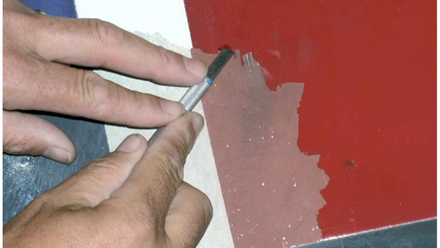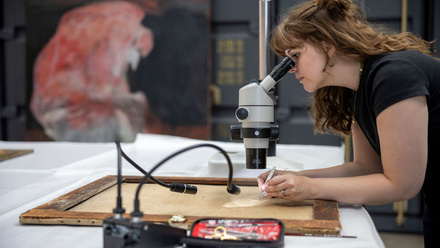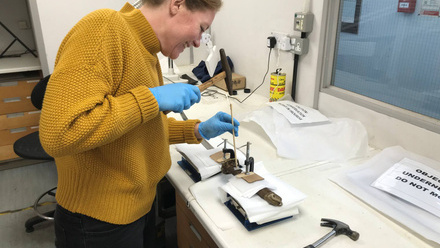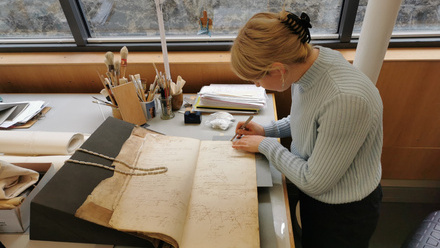My name is Camella, I have had a wonderful experience at English Heritage over the last 6-months working as a preventive conservation intern. I joined English Heritage after completing a MA in Principles of Conservation at UCL. My time at English Heritage has been full of many opportunities to learn and develop new skills. I’m excited to share a few things that I have been up to. Before I do, I want to share a bit about the historic house I spent most of my time.
Marble Hill
My internship was based at Marble Hill, which has allowed me to focus on the collections displayed there, interact with volunteers and learn about the building’s history. Marble Hill is an 18th Century house in Twickenham, London. It was the home of Henrietta Howard (1689 – 1767) who later became the Countess of Suffolk. If you would like to find out more about Marble Hill, please click here.
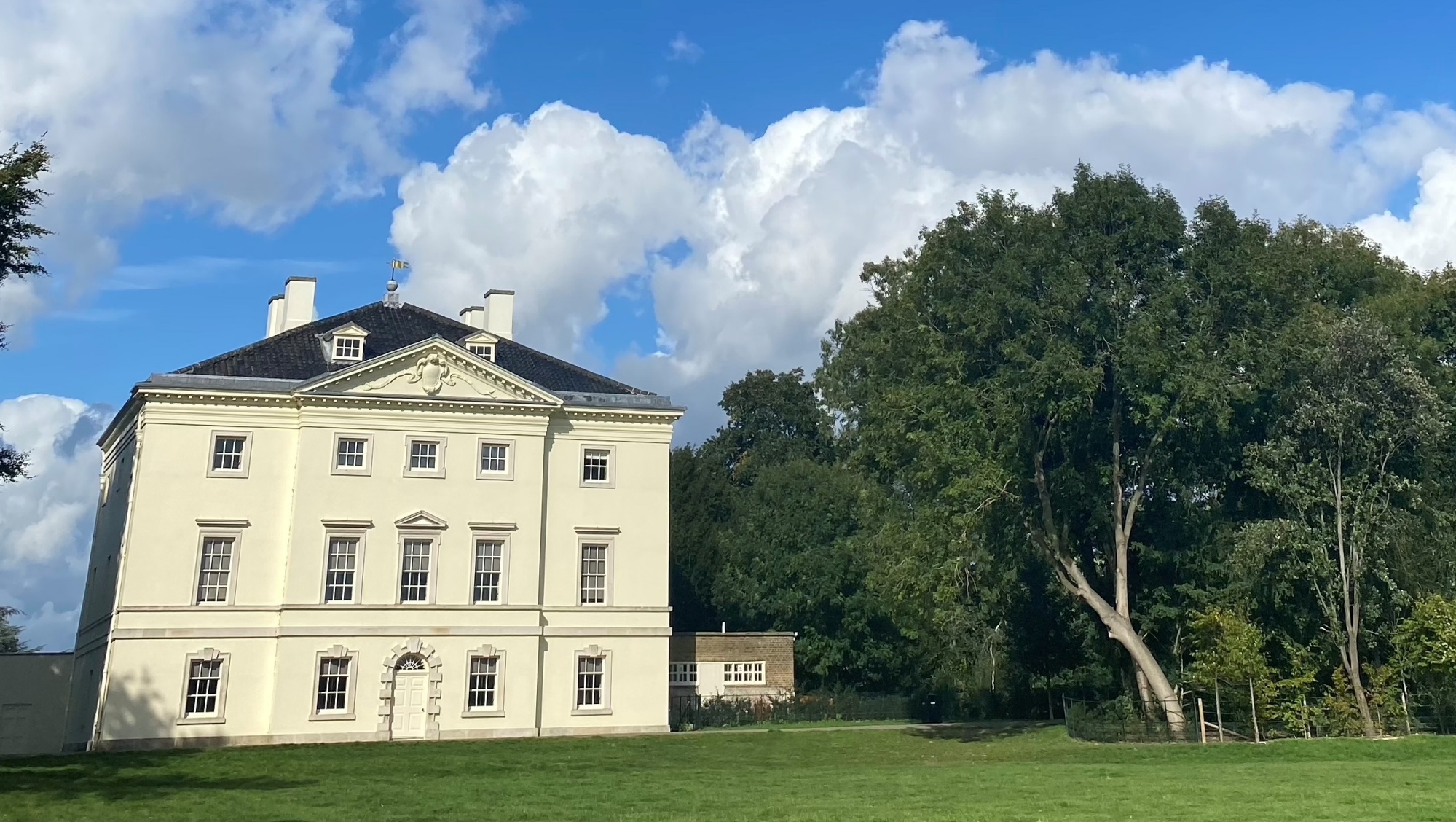
Marble Hill Revived
Marble Hill received a grant from the National Lottery Heritage Fund and the National Lottery Community Fund to complete the Marble Hill Revived Project. This project focused on improving the landscape of the park and the sports facilities as well as on the conservation and re-presentation of the house at Marble Hill.
Preventive Conservation Internship
I started my internship in Autumn 2022, which meant I was able to assist with preparation to close the house over winter, as Marble Hill closes for the season at the end of October. Joining at the end of the season allowed me to be part of meetings evaluating the first season of opening since conservation and re-presentation of the house was completed.
The Mahogany staircase
A key point of discussion focused on the condition and long-term care of the mahogany staircase. The mahogany itself holds a rich history, part of this history is shown through this interpretation which can be found next to the mahogany stairs of how mahogany came to be at Marble Hill.
Due to the popularity of Marble Hill in its first open season there has been a large amount of footfall on the mahogany staircase, certainly much higher than recorded visitor numbers in the preceding decade. Several layers of wax to form a protective coating had been applied as part of the project but no one was sure whether this would provide enough protection from physical wear and tear from visitors walking on them.
To help gain a better understanding of how many visitors Marble Hill House has had over the years and whether there have been carpet coverings on the stairs previously. I delved through collections of newspaper clippings and information about Marble Hill which dated back to the 1960’s. Conducting research with a focus on learning about how many people visited Marble Hill each year. Recording opening times to learn about when the building was open to the public. As well as looking through images to see if there were any signs of floor coverings or carpets in the past. I found that there were no images of the stairs being covered going back to the 1960s. However, we know there has been carpet on the stairs in the past because the stairs have fittings for stair rods. The visitor numbers recorded in the past seemed lower than those predicted annually for Marble Hill’s first year of opening as well as predictions going forward.
Everyone thought carefully about the ethical implications of covering the stairs, including installation and weighing this up with the benefits of having a protective stair covering. This resulted in the decision to introduce a covering to the stairs. After much discussion between the team of curators and conservators responsible for Marble Hill, it was decided that a modern style sisal covering of a colour closely matching the mahogany would be the best option. It wouldn’t suggest it was representing an historic scheme, as there wouldn’t have been carpet on the stairs during Henrietta’s time, but rather it is clearly a modern intervention to ensure the protection of the staircase, without taking away from the magnificent story of the mahogany itself.
The new covering was installed in March 2023, ahead of the reopening of the house for the new visitor season in April. Before it was installed, I helped to clean and wax the stairs so no dirt or moisture was trapped under the new covering.
Conservation Cleaning
The closure of the house meant that conservation staff were able to start the winter clean. This involved thoroughly checking all of the objects in the collection for signs of any damage or deterioration and then putting covers on the objects to protect them from dust whilst the property is closed. I also helped to clean the decorative interiors which involved working at height to reach all areas. I was able to assist with the winter clean at some other English Heritage properties in London. This allowed me to experience working with a wider range of materials and object types. Completing the winter clean has also allowed me to clean collections that are only cleaned once a year, such as the chandeliers.
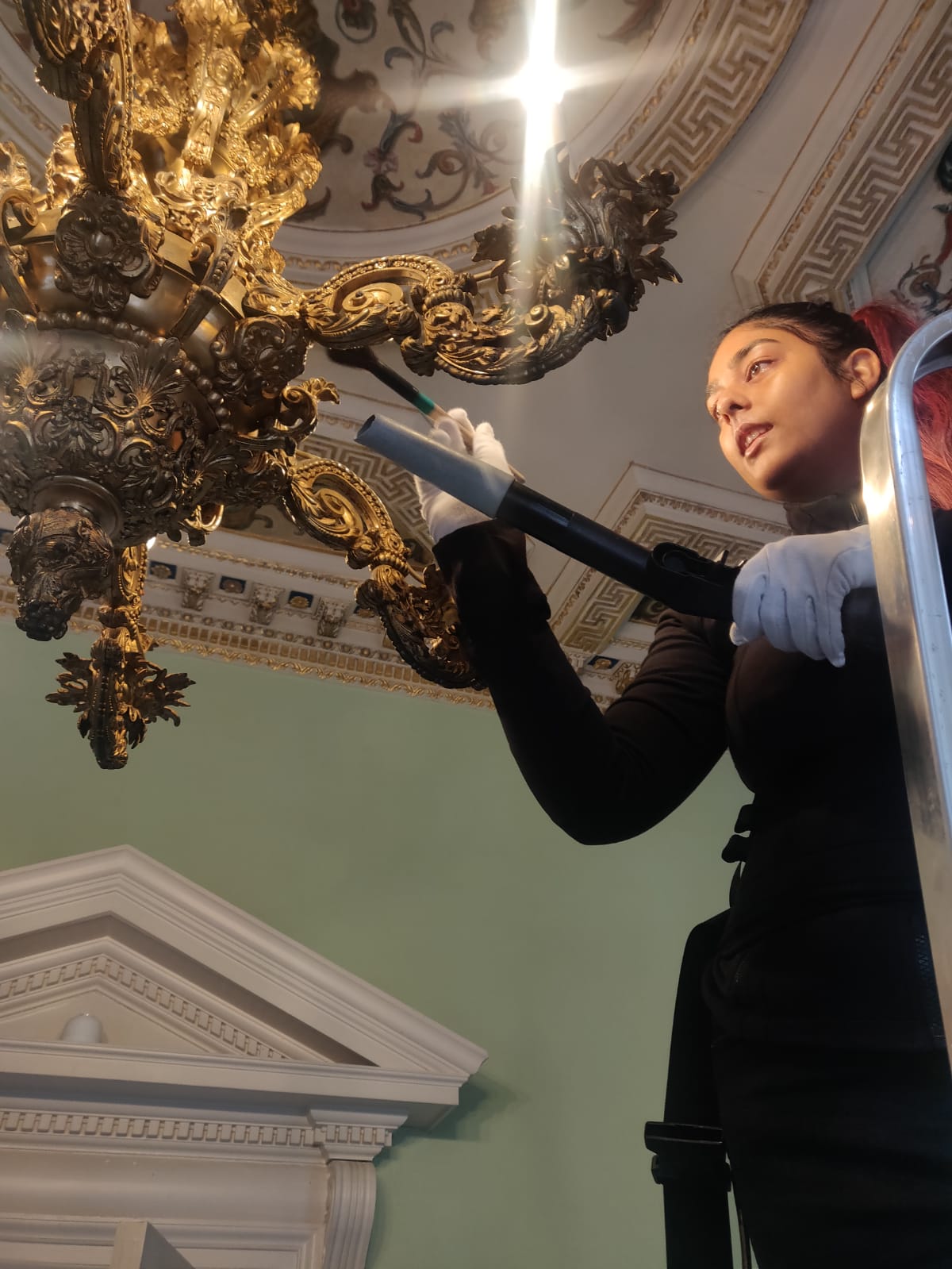
Cleaning chandelier at Chiswick House
Insect Pest Management
During the second quarter of my internship, I was able to assist with the changing of the insect pest traps as part of English Heritage’s Integrated Management Programme (IPM). I labelled up new sticky blunder traps according to their locations as set out in floor plans. I then helped the conservation team to swap the new traps with ones which had been out for the previous three months. I was able to help identify the pests caught on the traps and record these.
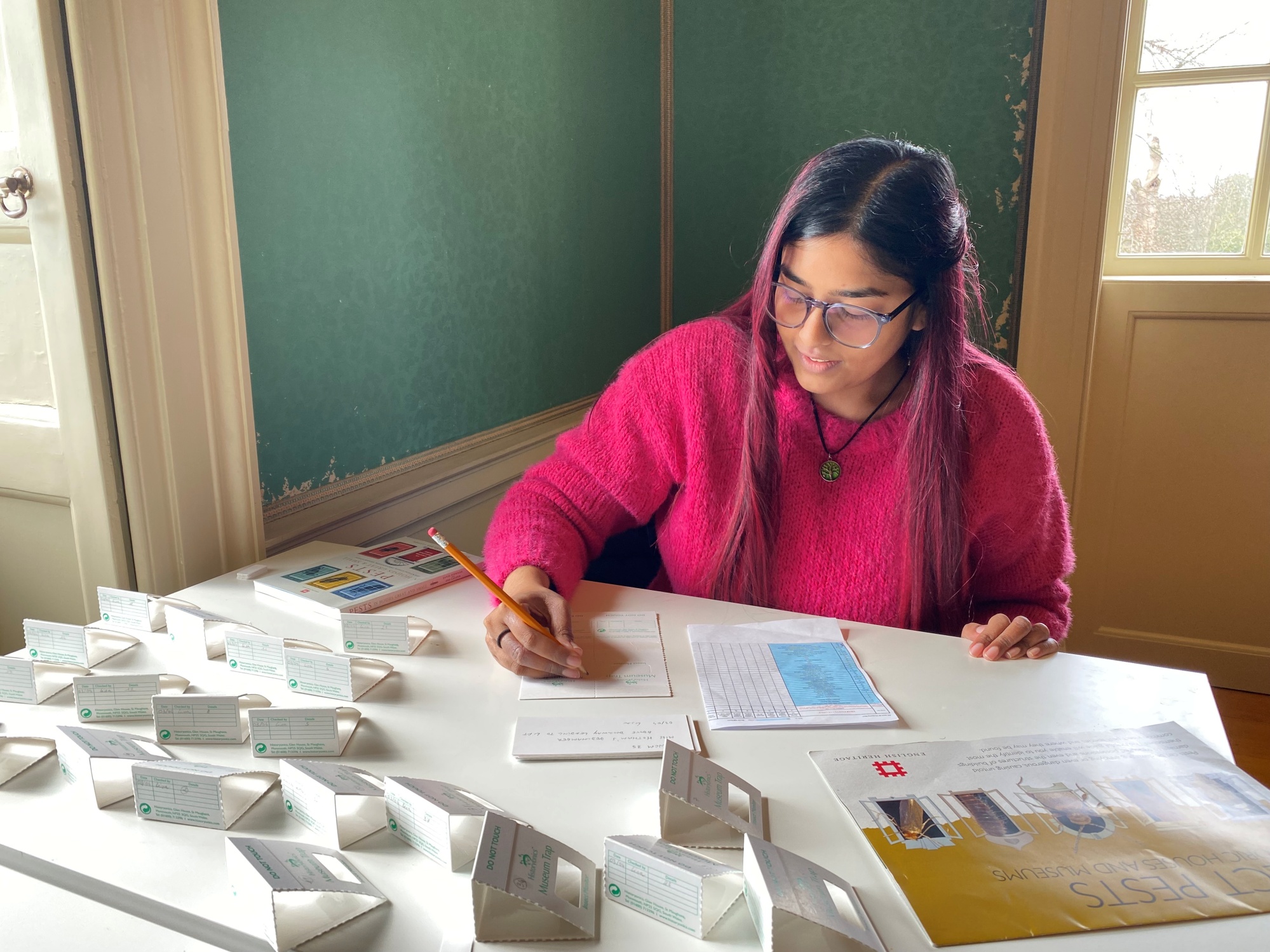
Labelling pest traps, Marble Hill
I also undertook some training with English Heritage’s Collections Pest Control Manager so I better understand the IPM system at English Heritage and also learnt more about pests that can damage collections.
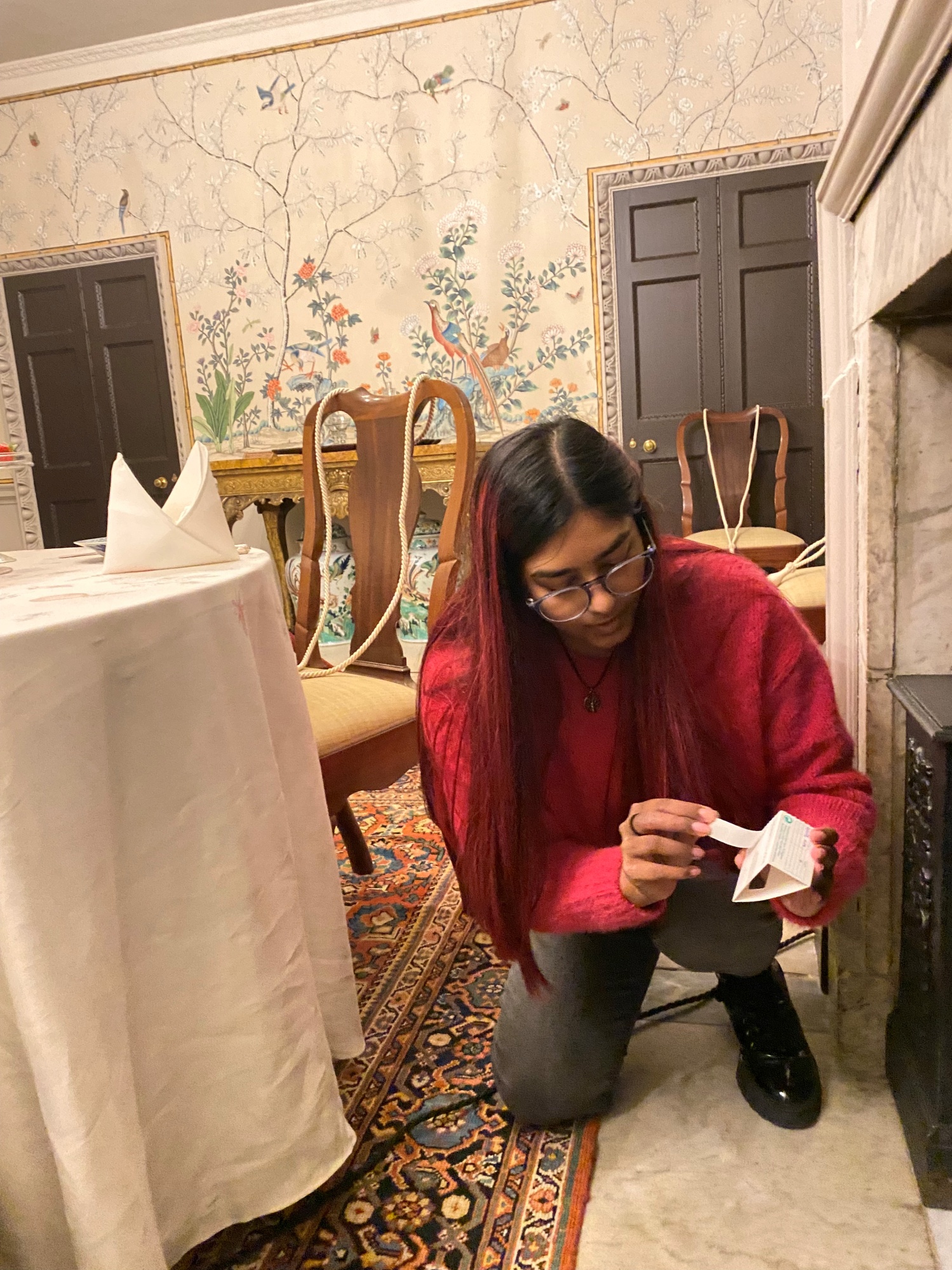
Light plan
As part of the re -presentation of th ehouse as part of the Revived project, new blinds had been fitted to most windows and the collections were displayed in different locations. A basic light plan and blind position plan had been created but this needed to be updated with actual light measurements in the spaces.
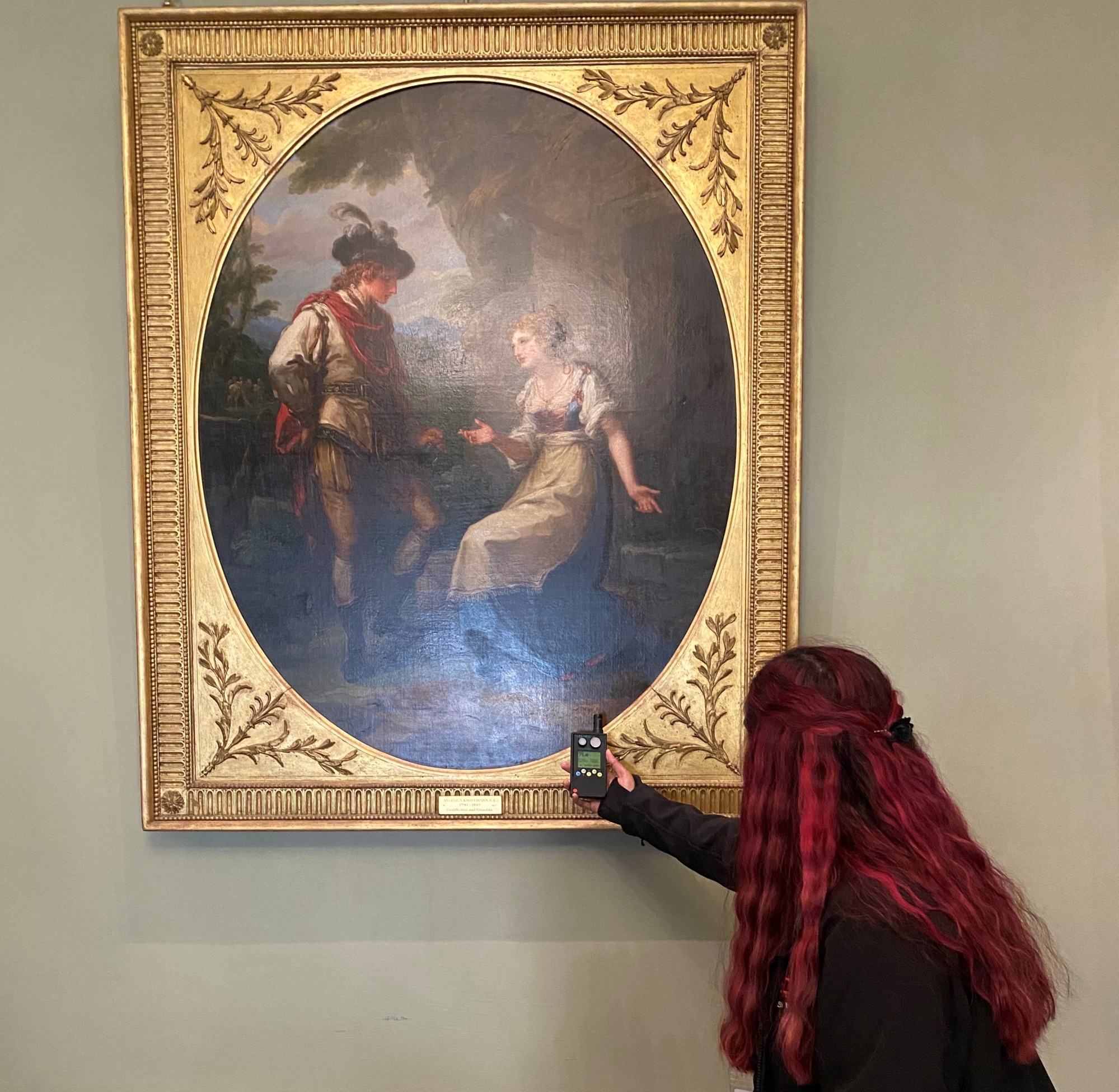
I collected light data using an Elsec monitor to take spot readings. I also drew room plans showing where all the light-sensitive collection is positioned. This will help to update the blind position plan and to ensure that the continuous light monitoring sensors are in the most appropriate location. Additionally, I have been assisting with the UV surveys at Marble Hill and Kenwood.
Every day is different at English Heritage. I have been lucky enough to help at multiple sites with packing collections for long and short-term loans, including Charles Darwin’s notebooks which I was very excited to get to see.
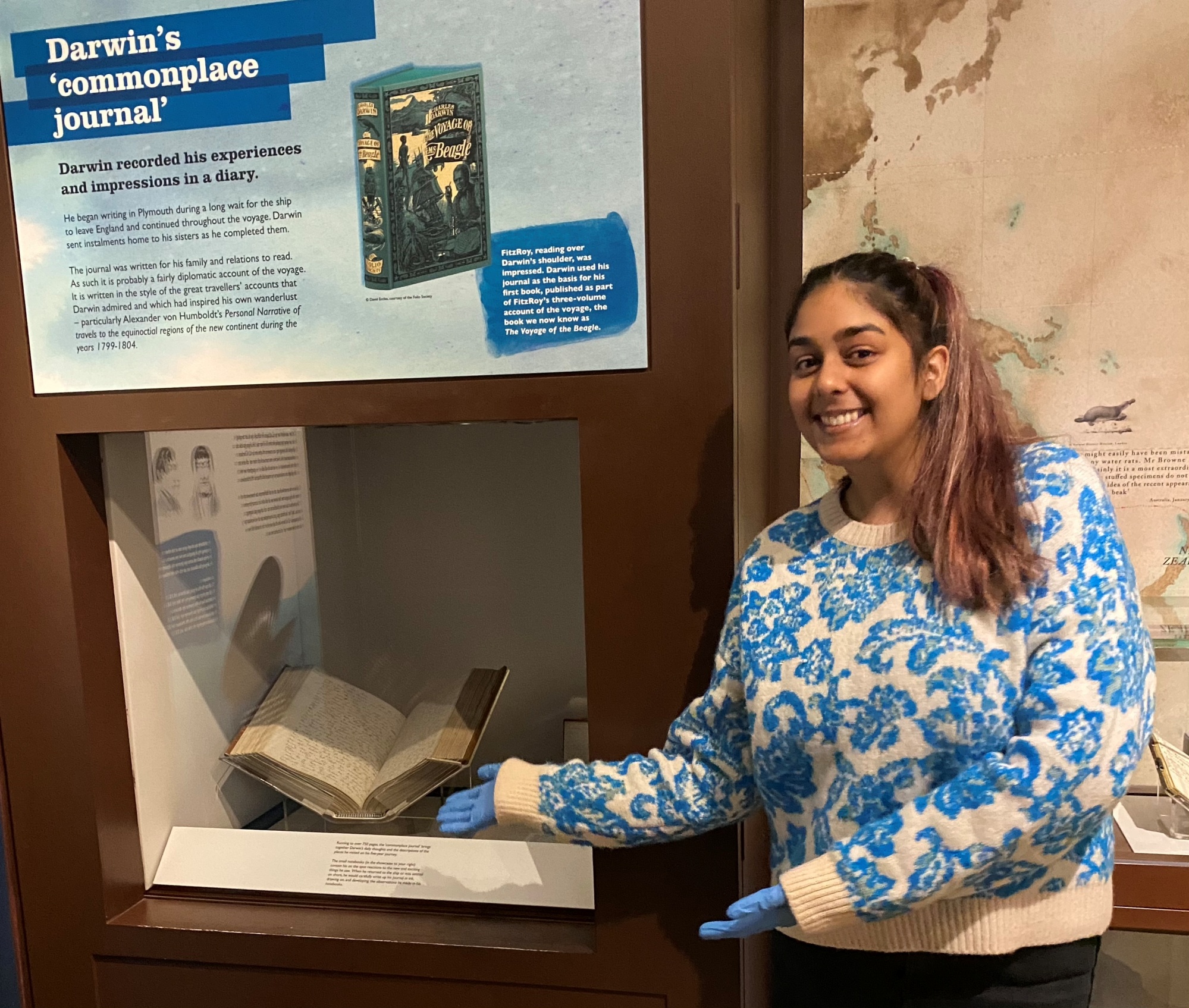
My time at English Heritage has been fantastic, I have been able to gain so many skills and be part of a range of projects. I have had an amazing time at Marble Hill and I’m grateful for the support of all of the conservation team members, the site team at Marble Hill and my supervisor for their support and encouragement.
Marble Hill is open to the public for free for seven months of the year, Wednesday through to Sunday, please come and visit! https://www.english-heritage.org.uk/visit/places/marble-hill/

